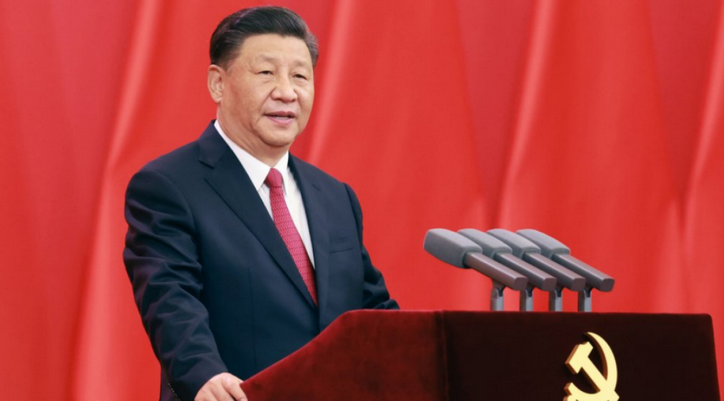Ten years ago, Chinese President Xi Jinping issued an “edict” to create a global network of infrastructure, commerce and communication initially labeled “One Belt One Road”.
Later dubbed “The New Silk Road,” the project reminded some of China’s 13th century Mongol Emperor Kublai Khan, who ordained the building of Xanadu, a vanity palace which the French call “une folie”.
Although similar in method by using an edict or “tughra” in the Mongolian language, Kublai’s vanity project is dwarfed by Xi’s folie, which is supposed to encompass every county on earth.
Under China’s Mongol rulers, the Silk Road was a private enterprise scheme, an example of capitalist free trade producing prosperity. Xi’s folie, however, is an exercise in command economy of the kind known as “socialist planning.”
The original Silk Road had a successful life for two centuries and faded away only when Europeans discovered maritime routes.
At a time when the Chinese economy has entered a bumpy patch, how has Xi’s folie project done so far?
Continue here: Gatestone Institute




































